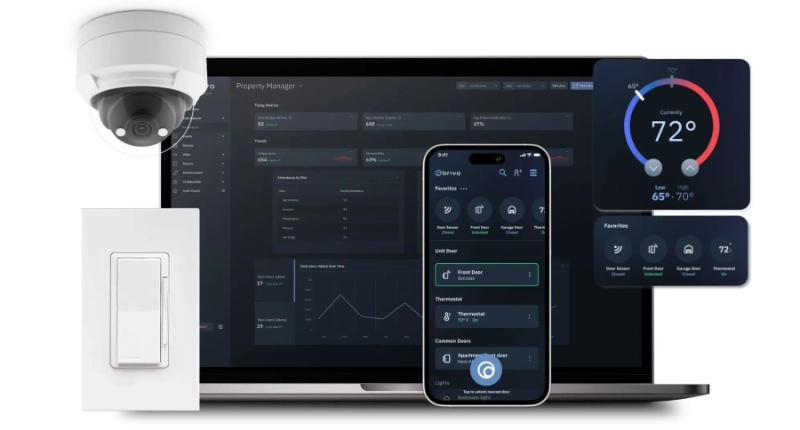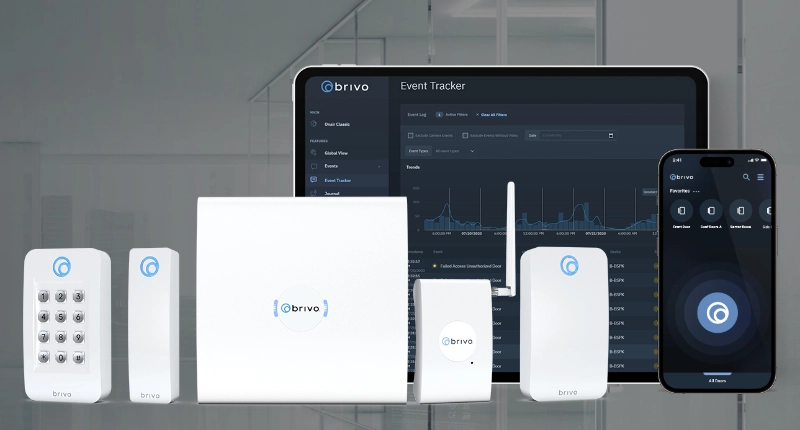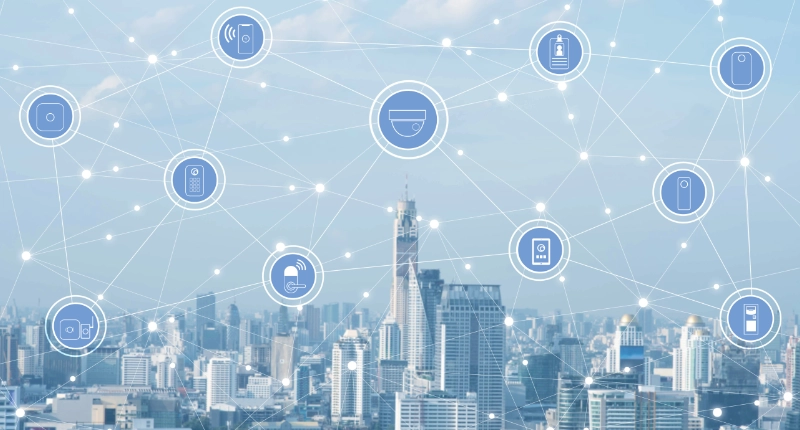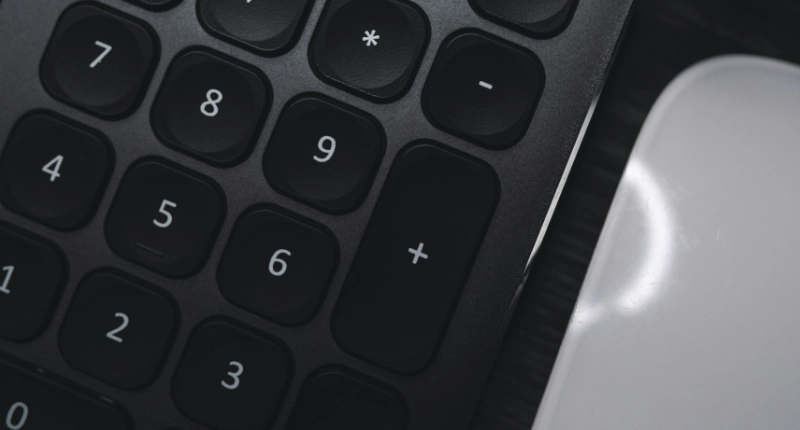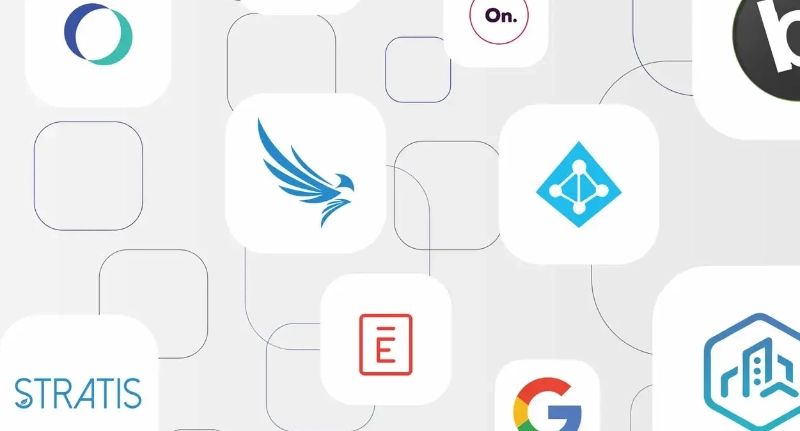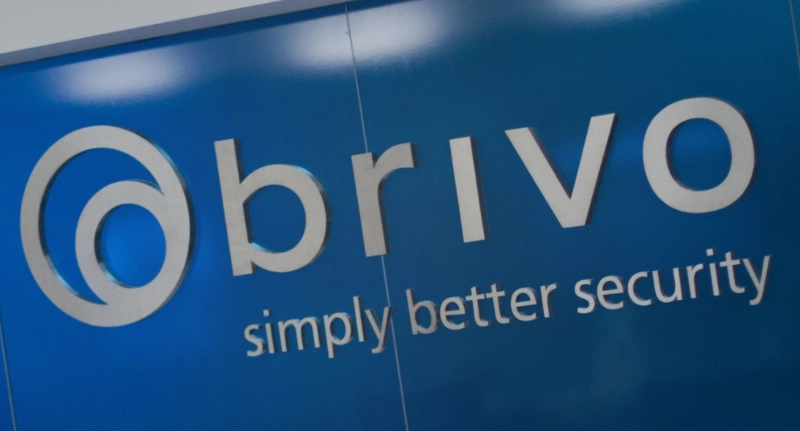Data, specifically mapping data, seems to be a popular way to show the impacts of COVID-19 on how we work, travel, and interact with each other. A recent Fortune article noted, “Google will release maps data ‘mobility reports’ to show people’s movements in coronavirus pandemic,” shows how COVID-19 has impacted foot traffic to transportation areas, retail and others stores, and even public parks in over 130 countries.
These maps compile cell phone usage data and anonymizes it to show broader measures of all behavioral changes and the impact on business directly. While Google is an excellent source of granular data, there are many other data sources that offer indicators of society’s changes due to the pandemic.
As another perspective, Brivo is the world’s largest cloud-based access control provider with more than 20 million users across more than 50,000 locations. Brivo’s data tracks entrances to offices, schools, multifamily dwellings, retail establishments, warehouses, government offices, places of worship, and many other types of commercial properties.
Brivo took this data and mapped the COVID-19 shutdown in a clear and visible way using the access control records of commercial office properties around the world. Anonymized data was fed from our access control platform. The mapping reveals staggering drops in the number of daily active users entering the workplace.
As we continue to watch for signs that the virus will abate and predict when it might be safe for people to go back to work, many of us are looking at the data to see when and how this might happen. Data that can show the number of people returning to work in real-time and the industries that will be back to work first. This will be a leading indicator of economic activity as people head back at work before the commerce begins to resume.
In general, the privacy issues around data are reduced due to the anonymization of the data – most sources ensure that the data use matches privacy policy and terms of use. The spirit is that the data is intended to provide perspective to what’s going on, not to share any identifiable information in an expose.
What is different between the google cell phone data and data from Brivo is its predictive nature. We’ll see divergence in the data sets that allow you to see how behaviors are changing and how insightful that can be to show what’s going on in the market.
Brivo plans to continue to monitor activities such as seasonality, shifts to work from home industries, new installation activity and many other data points as a future indicator of trends in the market. Stay tuned for more data to come.



